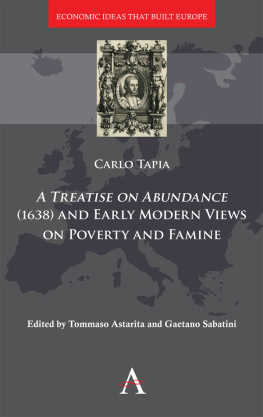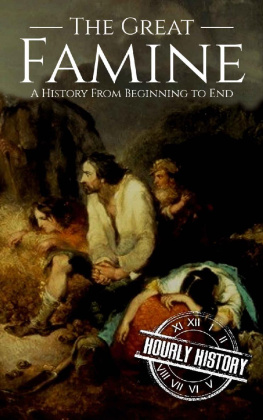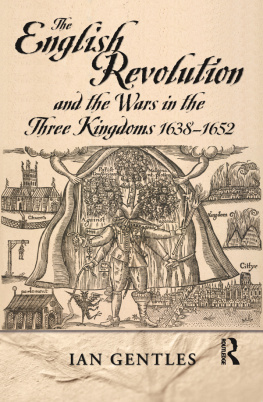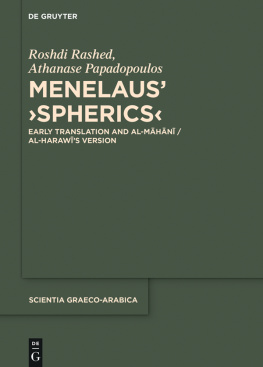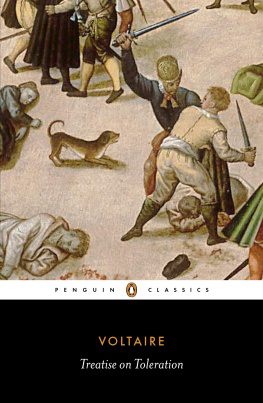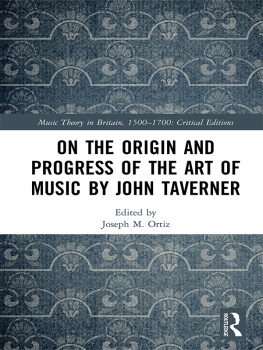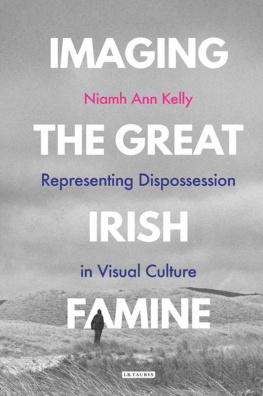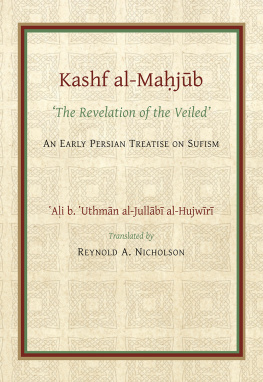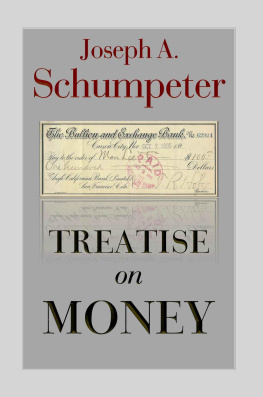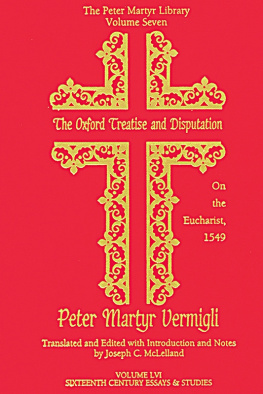A Treatise on Abundance (1638) and Early Modern Views on Poverty and Famine
Economic Ideas that Built Europe
Economic Ideas that Built Europe reconstructs the development of European political economy as seen through the eyes of its principal architects and interpreters, working to overcome the ideological nature of recent historiography. The volumes in the seriescontextualized through analytical introductions and enriched with explanatory footnotes, bibliographies and indicesoffer a wide selection of texts inspired by very different economic visions, and stress their complex consequences and interactions in the rich but often simplified history of European economic thought.
Economic Ideas that Built America reconstructs the development of American political economy as seen through the eyes of its principal architects and interpreters, working to overcome the ideological nature of recent historiography. The volumes in the seriescontextualized through analytical introductions and enriched with explanatory footnotes, bibliographies and indicesoffer a wide selection of texts inspired by very different economic visions, and stress their complex consequences and interactions in the rich but often neglected history of American economic thought.
A Treatise on Abundance (1638) and Early Modern Views on Poverty and Famine
Carlo Tapia
translation and notes by Tommaso Astarita,
introduction by Gaetano Sabatini

Anthem Press
An imprint of Wimbledon Publishing Company
www.anthempress.com
This edition first published in UK and USA 2019
by ANTHEM PRESS
7576 Blackfriars Road, London SE1 8HA, UK
or PO Box 9779, London SW19 7ZG, UK
and
244 Madison Ave #116, New York, NY 10016, USA
Part of The Anthem Other Canon Economics Series
Series Editor Erik S. Reinert
2019 Tommaso Astarita and Gaetano Sabatini editorial matter and selection; individual chapters individual contributors
The moral right of the authors has been asserted.
All rights reserved. Without limiting the rights under copyright reserved above, no part of this publication may be reproduced, stored or introduced into a retrieval system, or transmitted, in any form or by any means (electronic, mechanical, photocopying, recording or otherwise), without the prior written permission of both the copyright owner and the above publisher of this book.
British Library Cataloguing-in-Publication Data
A catalogue record for this book is available from the British Library.
ISBN-13: 978-1-78308-958-1 (Hbk)
ISBN-10: 1-78308-958-X (Hbk)
This title is also available as an e-book.
CONTENTS
Gaetano Sabatini
We thank Professor Erik Reinert, Abi Pandey and the whole team at Anthem Press for their help with and support of this project.
Tommaso Astarita is grateful to Georgetown University for a sabbatical semester, during which much of the work on the project was possible. He also thanks David Collins, Marden Nichols and Josiah Osgood for help with specific points in the translation of Latin passages. He is grateful to Lawrence Hyman for his willingness to listen cheerfully to many tales of the pleasures and frustrations of translating erudite seventeenth-century texts.
Gaetano Sabatini gratefully remembers Marcello De Cecco (19392016), an illustrious economist born in the same town as Carlo Tapia, who first alerted him to the importance of the Treatise on Abundance. He is also thankful to Isabel Aguirre of the Archivo General de Simancas for help in locating documents pertaining to Tapia; to Julien Dubouloz of the Universit Aix-Marseille for help in understanding the importance of the classical tradition in Tapias work; and to Lina Nicoletti for following with her usual passion and competence the early phases of this work.
Gaetano Sabatini
The Particular Features of the Treatise on Abundance
The Treatise on Abundance, published in 1638 in Naples by Carlo Tapia, a high official of Spanish origin, holds a special place within sixteenth- and seventeenth-century Italian discussions of provisioning. The uniqueness of Tapias book consists not only in the fact that it is the only treatise published in Italy over those two centuries (i.e., before the large production of essays on this matter in the eighteenth century) devoted fully and expressly to the problems of grain provisioning, but also in the direct involvement of the author with his topic and in the specific character of the work.
Tapias personal experience as minister for the king of Spain in Naples, involved on numerous occasions and in various positions in the resolution of concrete problems linked to the provisioning of grains for both Naples and the other communities of the kingdom, was fundamental in shaping the Treatise. The Treatise is thus a work of markedly practical character, born of direct experience both of the concrete problems posed by grain provisions, and of the broader sociopolitical context in which those problems had to be resolved.
Tapia aimed to provide public administrators with clear suggestions on provisioning policy, but he also developed a precise theoretical approach. He validated his arguments by a constant recourse to the authority not only of contemporary or medieval writers and Church Fathers, but even more of Latin authors. This is another important feature of the Treatise: in it, Tapia attempted to recover ancient knowledge, particularly ancient juridical knowledge, pertaining to grain provisioning. This was not a mere homage to a system of thought that played a central role in the culture of his time; rather, Tapias recourse to the authority of Roman authors was part of his effort to employ ancient reflections on provisioning matters to strengthen the practical arguments of his work. His use of ancient knowledge further proves its continuing strength throughout the seventeenth century; the next century would aim to clear the deck of all prior tradition and knowledge.
The Debate on Provisioning in Naples in the Late Sixteenth Century
In the first half century of Spains rule in Naples, the provisioning system for the capital and the provinces did not undergo substantial changes compared to the period of the Aragonese kings (14421503).
This arrangement began to change in the 1550s, especially after a famine in 1555 caused significant tensions in the kingdoms grain provisions.
The repeated occurrence of poor harvests, which determined the viceroys to devote more attention to the challenges of grain provisioning for Naples, offered further evidence of the consequences of the enormous demographic growth of Naples. In three decades, the city had increased its population by a third. Between the late 1520s and the 1550s, Naples went from around Starting in the 1550s, governing groups in Naples became increasingly aware of the difficulties posed by the citys demographic growth, and these concerns resulted in new examinations of provisioning challenges. Many authors saw the strong link between population growth and provisioning, though some emphasized the risks to political and social stability inherent in the difficulty of feeding all the capitals people, while others on the contrary stressed the connection between the size of the citys population and the increased tax revenues that could result from fiscal management of the processes that brought foodstuffs to Naples.
In 1561, Viceroy saw them as limited to times of war or when the Ottoman navy may obstruct access to the Bay of Naples, that is, to times when the citys normal provisioning mechanisms would not operate in any case, thus implicitly dismissing the notion that the provisioning system faced structural obstacles.

